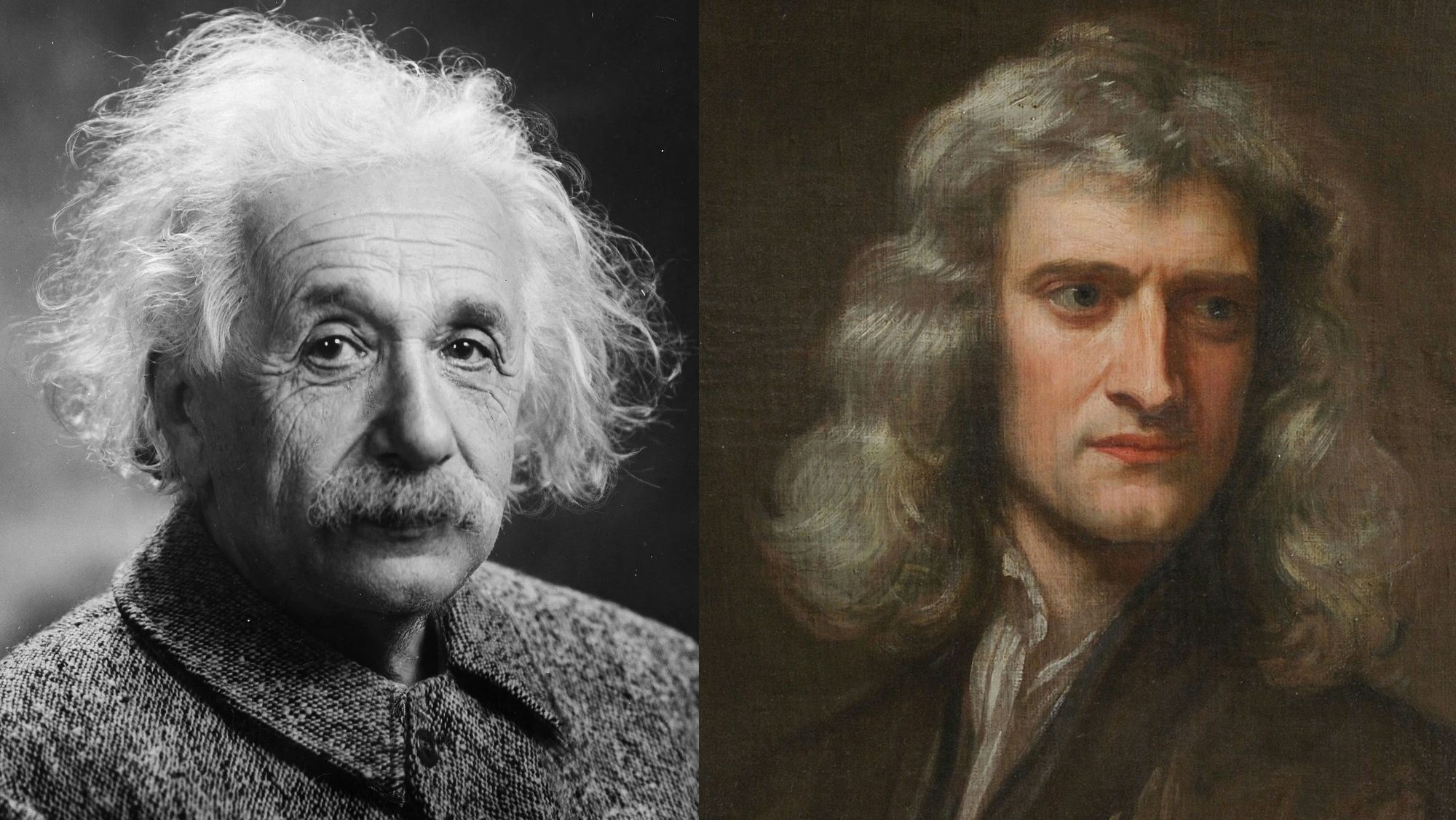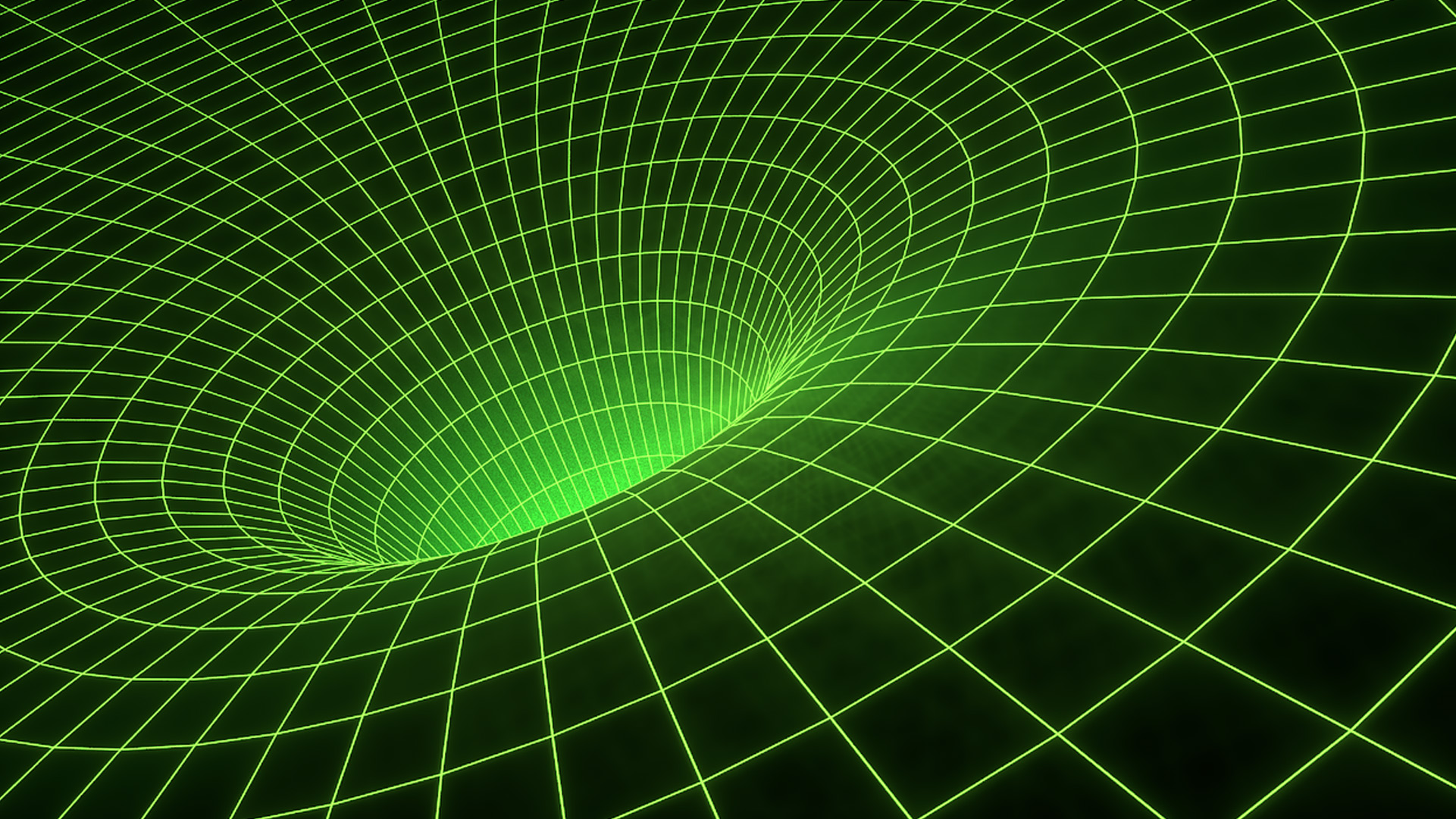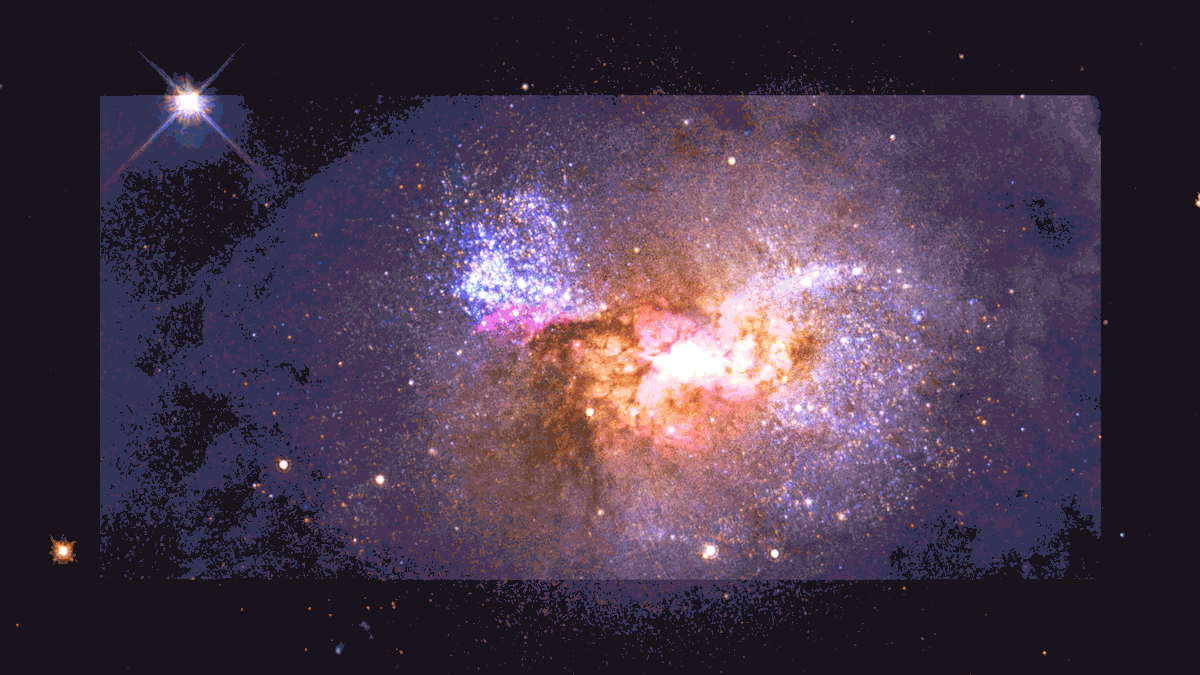All forms of energy affect the expanding Universe. But if matter and radiation slow the expansion down, how does dark energy speed it up?
Search Results
You searched for: gravity
Computer Space lacked a critical ingredient that the other games possessed: gravity.
In our Universe, matter is made of particles, while antimatter is made of antiparticles. But sometimes, the physical lines get real blurry.
“The surface is no longer a record of every impact the moon has ever had, because at some point, impacts were erasing previous impacts.”
For many years, cosmologists have claimed the Universe is 13.8 billion years old. A new paper says no, it’s 26.7 billion. How do we decide?
There are a few clues that the Universe isn’t completely adding up. Even so, the standard model of cosmology holds up stronger than ever.
In all of science, no figures have changed the world more than Einstein and Newton. Will anyone ever be as revolutionary again?
“Imagination is more important than knowledge” is often taken to mean that your conceptions outweigh what’s real. That’s not what he said.
Dark matter’s hallmark is that it gravitates, but shows no sign of interacting under any other force. Does that mean we’ll never detect it?
Or are cults the religions we find distasteful?
Even the dictionary doesn’t get the definition right.
From physics and alchemy to theology and eschatology, Isaac Newton’s research was rooted in a personal pursuit of the Divine.
The strongest tests of curved space are only possible around the lowest-mass black holes of all. Their small event horizons are the key.
Pessimism reigned supreme.
Architecture in the age of AI — argues professor Nayef Al-Rodhan — should embed philosophical inquiry in its transdisciplinary toolkit.
The carnival spirit was in full swing when the priests got wasted and made indecent gestures while dressed like pimps.
At 1,600 light years away, the black hole is practically in our cosmic backyard.
We knew we’d find galaxies unlike any seen before in its first deep-field image. But the other images hold secrets even more profound.
At a fundamental level, only a few particles and forces govern all of reality. How do their combinations create human consciousness?
Ultracold gases in the lab could help scientists better understand the universe.
Observations of an enormous cosmic structure, dubbed the “Big Ring,” seem to violate the Copernican principle.
For nearly 60 years, the hot Big Bang has been accepted as the best story of our cosmic origin. Could the Steady-State theory be possible?
The Universe is expanding, and the Hubble constant tells us how fast. But how can it be a constant if the expansion is accelerating?
One of the 20th century’s most famous, influential, and successful physicists is lauded the world over. But Feynman is no hero to me.
The first stars in the Universe were made of pristine material: hydrogen and helium alone. Once they die, nothing escapes their pollution.
Astronomers in 2017 caught an image of a supermassive black hole in a galaxy far, far away. Doing it in our own galaxy is a huge milestone.
Within our observable Universe, there’s only one Earth and one “you.” But in a vast multiverse, so much more becomes possible.
Most fundamental constants could be a little larger or smaller, and our Universe would still be similar. But not the mass of the electron.
When stars form, they emit energetic radiation that boils gas away. But it can’t stop gravitational collapse from making even newer stars.
To Einstein, nature had to be rational. But quantum physics showed us that there was not always a way to make it so.





























